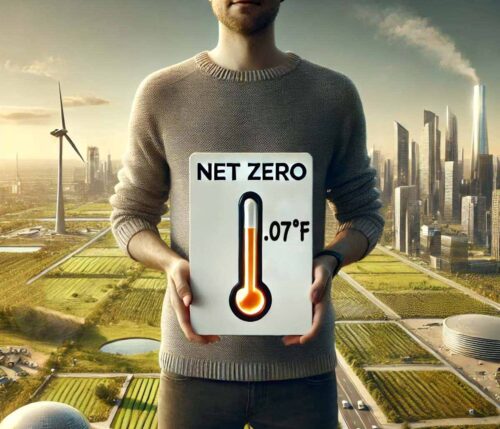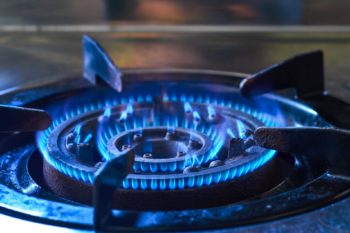
The Government Accountability Office says the DOE’s oft-touted $28 billion loan program will cost taxpayers $2.21 billion over the lifetime of the loans. Not only that, the costs to taxpayers for green loans has risen about $500 million as “the result of loan guarantee defaults” from companies like Solyndra and Abound Solar.
The “credit subsidy cost of the loans and loan guarantees in its portfolio” is expected “to be $2.21 billion, including $807 million for loans that have defaulted,” GAO reports. “The fees DOE has collected have not been sufficient to cover all of its administrative expenses for the program” because the “fees on the current loan guarantees were too low to cover ongoing monitoring costs.”
This stands in sharp contrast to media reports from last year suggesting the DOE’s green loan program would net taxpayers $5 billion. Last year, the Washington Post’s Wonkblog ran with the headline, “Remember Solyndra? Those loans are making money.” The liberal news watchdog Media Matters exclaimed that “Solyndra Scandal-Mongering Hasn’t Stopped The Energy Dept’s Loan Program From Turning A Profit”
Such news stories came after a November 2014 DOE progress report saying it was on track to earn more than $5 billion in total interest payments. The DOE said it had earned $810 million in interest payments — outweighing the $780 million in estimated losses the loan program was expected to incur.
Of course, the DOE’s report did not include “credit subsidy costs” of the loans. When that’s taken into account, the DOE is projected to lose more than $2 billion.
GAO notes that because the “report did not include the interest that DOE pays the government to finance its lending, the information on expected interest earnings has been misinterpreted in several press accounts as projecting $5 billion in profits for the DOE loan programs.”
President Barack Obama’s 2009 stimulus package including billions of dollars in spending to boost green energy deployment. As part of that spending, the Obama administration has spent nearly $30 billion on 34 projects. So far, “5 projects have defaulted, including 2 solar manufacturing projects, 2 advanced automotive manufacturing projects, and 1 energy storage project.”
At first, DOE loan guarantees were granted with enthusiasm from the administration and Democratic lawmakers. But after the 2011 bankruptcy of Solyndra, which got a $535 million loan to produce solar panels, Republicans took aim at the loan program. Since then, green energy loans have been seen as politically toxic — though that may be changing.
The DOE has tried to deflect from large-scale failures of companies it has backed with taxpayer dollars by pointing to the $5 billion it projects to rake in over the years. The DOE’s loan program, however, was not designed to be profitable and the agency has never claimed to be making a profit.
“In other words, DOE reports gross interest received, not the net interest taxpayers have earned after subtracting Treasury borrowing costs,” according to Urban Institute economist Donald Marron — who previously served on the president’s Council of Economic Advisers.
“But when we account for Treasury borrowing costs, taxpayers are actually well behind,” Marron wrote last year, debunking claims the DOE was making a profit on its loans. “DOE loans are typically made at small, sometimes zero, spreads above Treasury rates… So a large portion of DOE’s ‘interest earned’ must have been offset by borrowing costs. That puts taxpayer losses in the hundreds of millions of dollars.”
The GAO does note, however, that the credit subsidy cost for its alternative vehicle program has decreased from “$3.16 billion to $404 million, mostly the result of the dramatic improvement in one loan’s credit rating.”
“In total, DOE obligated about $1.53 billion to the loans and loan guarantees that defaulted, but disbursed less than 60 percent of that,” the GAO reports. “In addition, DOE has recovered more than $58 million from these defaulted loans and loan guarantees, and expects to recover millions more, according to DOE data, although the actual amount will not be known until the defaults are settled.”

















